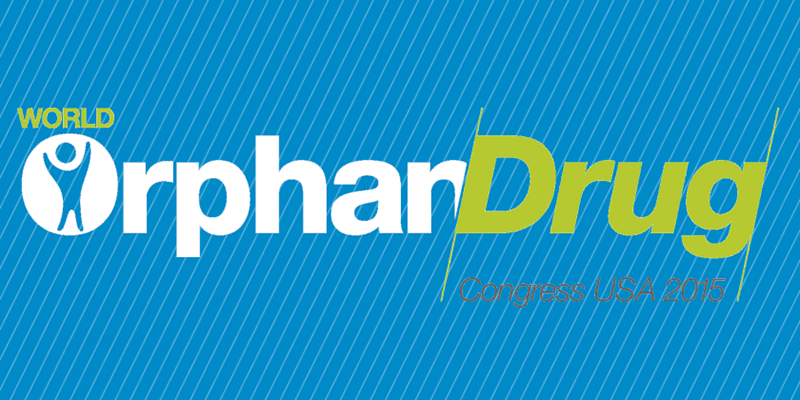I attended my first World Orphan Drug Congress last week in Washington, D.C. It was a lovely time to be in DC, cherry blossoms in the air. The meeting itself was held at the Hilton in the heart of downtown. With over 700 attendees (or so I was told), there was something for everyone.
My day kicked off with the speed networking session, definitely needed to be more amp’ed up on coffee for this one. In about 20 minutes, I met with over 30 people. This was my first inkling of the two days to come.
Frankly, I wasn’t quite prepared for the diversity of people I met at the meeting. I met with patient advocacy group members, folks from scientific communication/literature side of things, clinical research organizations, patient compliance and outcome measurement organizations, venture capitalists, late (and few early) stage pharma and biotech companies etc.
After the first speed networking session was time for my pitch and partner session. Mine was the first talk in the session. After getting my talk out of the way, I sat through some really cool pitches. Noteworthy were three – one from a company working on a drug for peripheral neuropathic pain that they found serendipitously while evaluating the same for anti-cancer progression. A second one was from a company with a drug that was able to revive and produce sustained improvement for patients of traumatic brain injury. This company had a very powerful video of an individual waking up from a stroke. The last one that really stayed with me, was a platform company much like ours. This company is working on creating and curating a library of images of genetically diverse cell models of rare diseases. By identifying morphological patterns specific to a disease, this company is building a veritable ‘Facebook’ account for cells. By studying the morphological changes in cells in response to drug treatment, one can identify if the drug affects the disease pathology. I thought this was super cool!
A clear departure at this meeting from any I’ve attended before were the talks by the patient advocacy groups. Hope and resilience amidst bitter truths were the emotions that I came away with. Matt Might, parent of a son with NGLY1 deficiency, detailed the progress that he and others in the NGLY1 community have made in understanding the science of his son’s disease while simultaneously finding people bearing mutations in the same gene. Pat Furlong, of the Parent Project Muscular Dystrophy group, spoke about the advances we’ve made in our knowledge of Duchenne Muscular Dystrophy (DMD) since the time her sons were diagnosed with DMD, three decades ago, until today. The candidness with which she and Megan O’Boyle (of the Phelan-McDermid Syndrome Foundation) spoke about their respective journeys alongside their children made me believe that it is truly patients and patient advocacy groups that are the true heroes of these diseases.
I always thought that the best way to conduct science is to be as removed from the human face of diseases as possible. I believed that doing so would keep me objective and true to scientific facts and evidence-based deductions alone. In my mind, such science was the purest, untainted, standing the test of time.
While objectivity is certainly important, putting a human face on these diseases reminds you what you are fighting towards. It reminds one that the bench scientist only understands the disease only within a small microcosm and that one should not lose sight of one’s target population. Romanticism aside, patients and advocacy groups have a huge role to play in informing the bench scientist about phenotypic variability of a genetic disease and differential responses to drugs. The scientific story is never complete, it is always evolving, always changing. For a full 360 degree perspective, it’s important to know the story from everyone’s vantage point.


